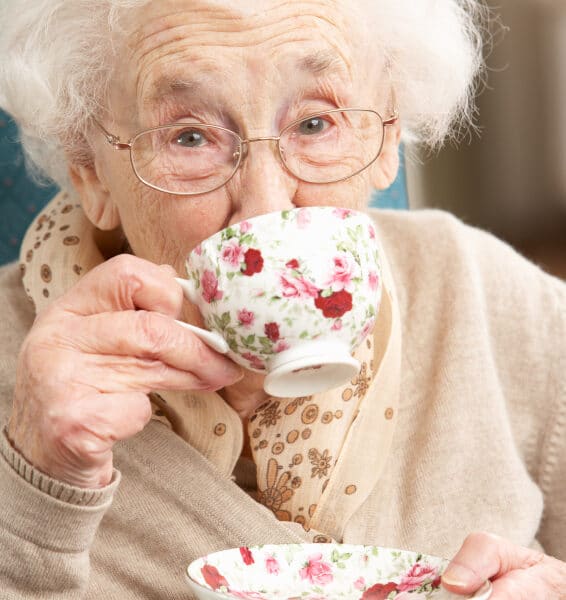
Lack of adequate fluid intake results in dehydration, and can lead to health problems, particularly in older people. Yet hydration is often overlooked and rarely reflected in the development of policy. This may partly be explained by its inclusion as part of overall nutritional care, rather than as a key issue on its own right.
Good hydration rests on providing drinks for older people, but there is more to it. The report identified five areas of focus where work is required to better understand the problem as well as the solution in care home settings. These were screening, research, raising awareness, workplace training and good practice.
In this week’s blog we will concentrate on screening.
How do we identify dehydration in our service users?
Assessing hydration status is one of the greatest challenges in managing dehydration. As yet, no one method has been found to be universally effective and applicable across all settings or age groups. The main obstacle in screening and diagnosis is that there are no specific individual signs or questions to identify dehydration. The challenge in measuring hydration is to find a method which has the least burden on older people and the least time and financial impact on any staff involved, while still providing a good indication of hydration status.
Can we measure dehydration in care homes?
The ‘gold’ standard clinical measurement for hydration is serum osmolality, assessed using blood samples. This method is invasive, laboratory reliant and impractical to consider in a care home setting. More commonly used measures are observational, for example looking at urine colour, clinical signs and monitoring of fluid input and output. However, urinary measures can be misleading due to the effect of medication or when renal function is poor. Monitoring intake is a cost-effective method of measuring hydration status, but it is an indicator rather than a screening method. Its use is not widespread and would require a greater number of staff or greater staff time to accommodate it.
Perhaps the vital component is for care homes to develop a hydration policy and train staff of the importance and possible signs of dehydration (e.g. dry mouth, poor skin elasticity, feeling tired, constipation, nausea, headaches), as well as ensuring older people themselves are aware of the risks.
There is much work that needs to be done to develop a good screening test for dehydration in older people, but the need for it is paramount. Until this is developed, simple observational methods of monitoring fluid input, assessing dehydration based on the more common signs like low urine output and dry mouth, and importantly encouraging regular drinking where possible remain the most effective options and should be part of regular practice across all care settings.





